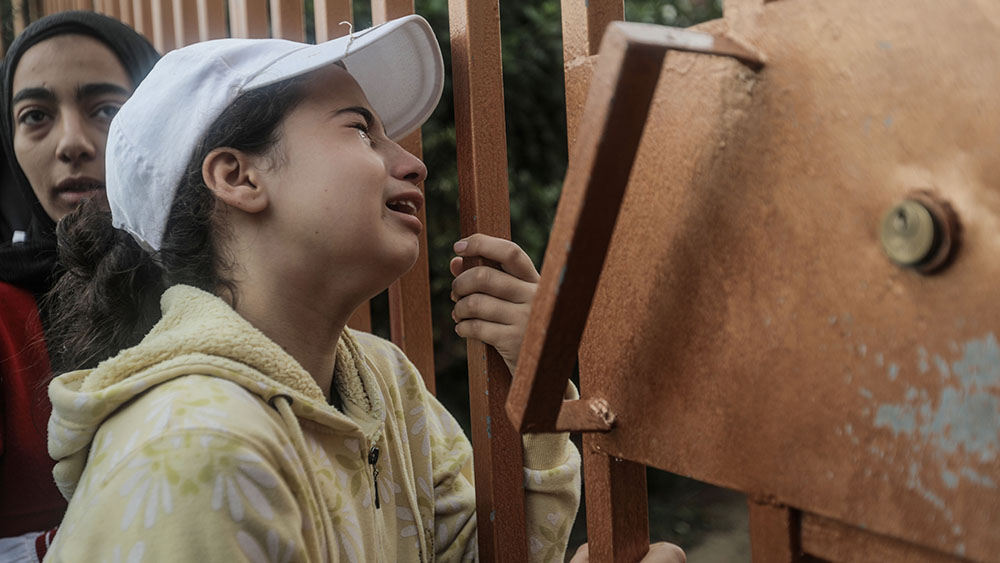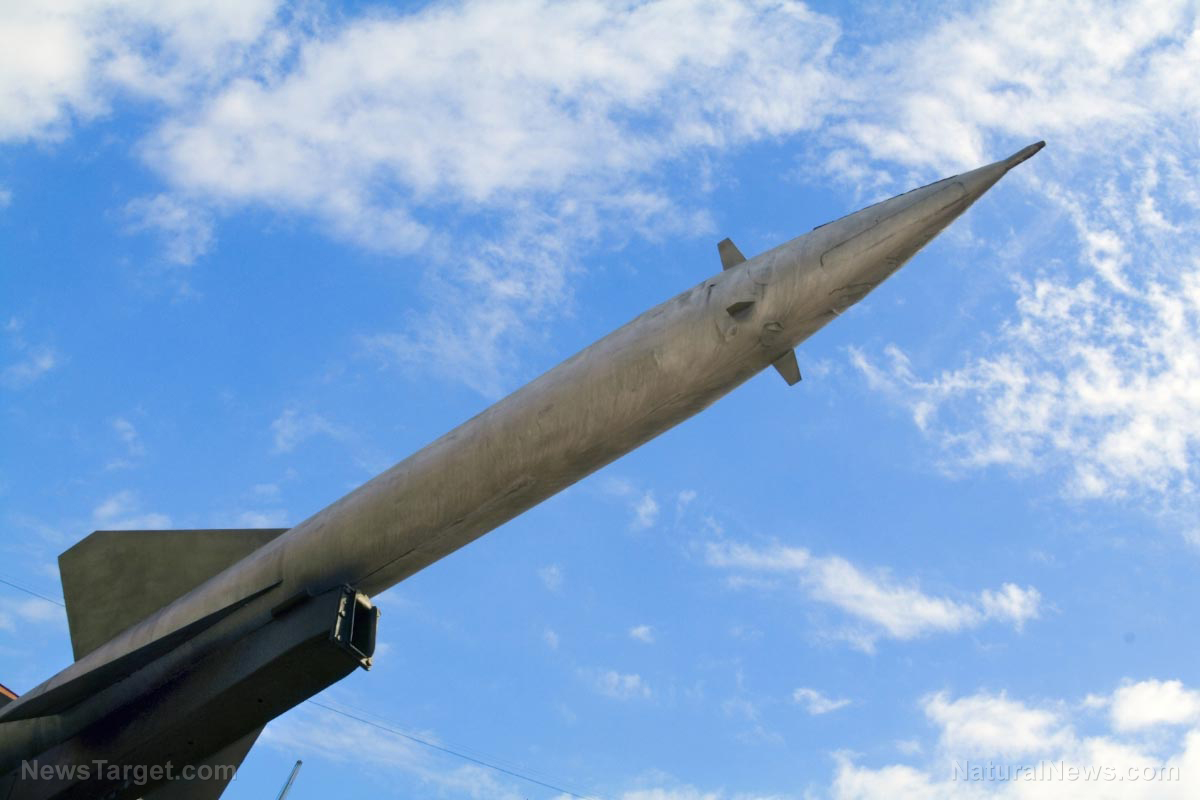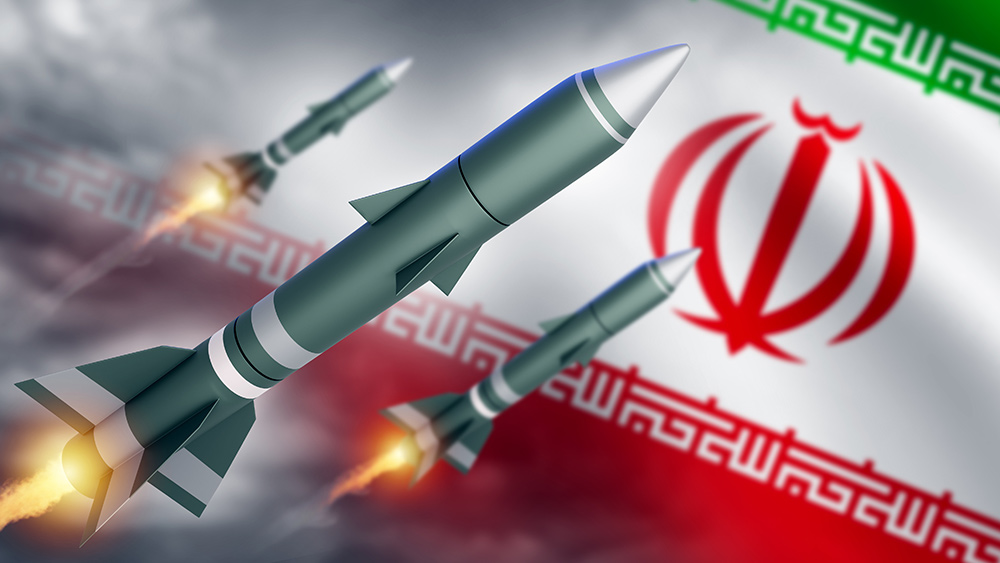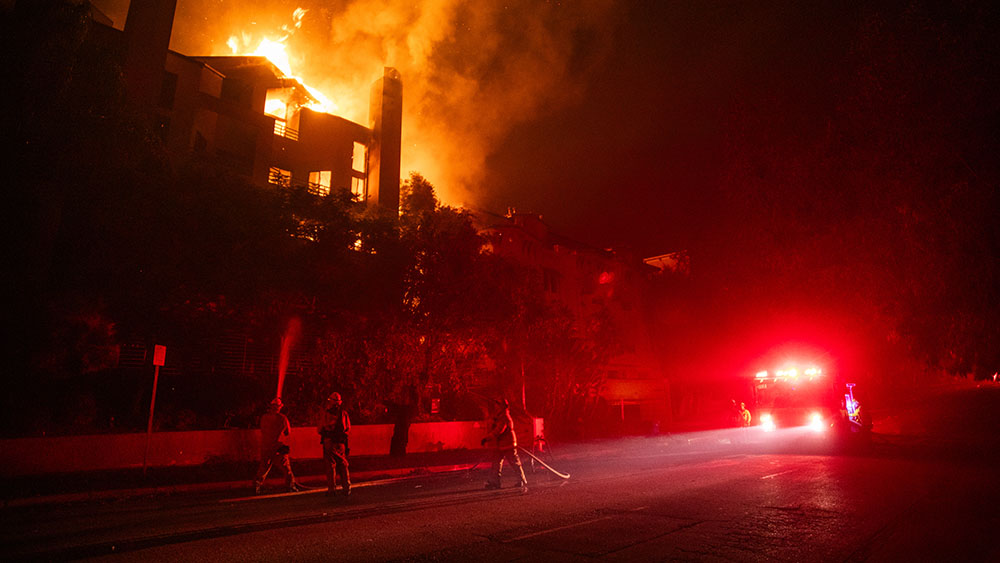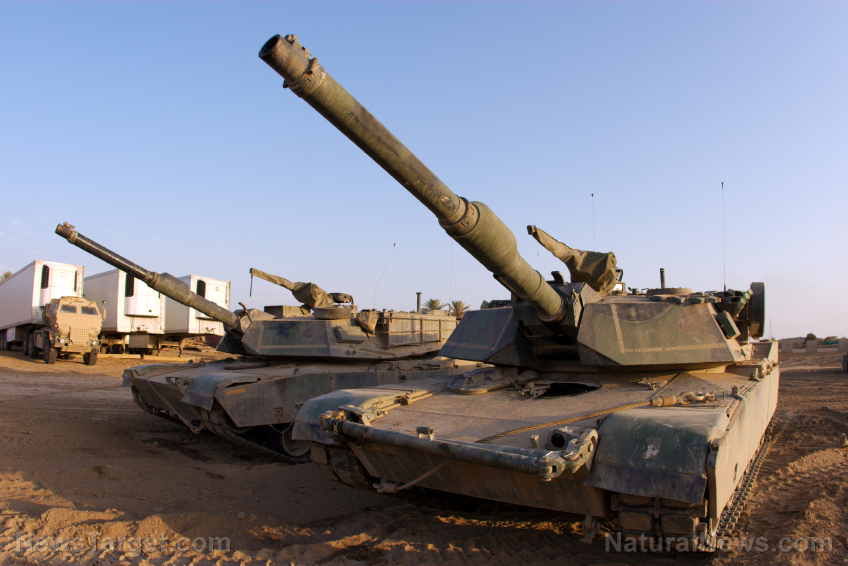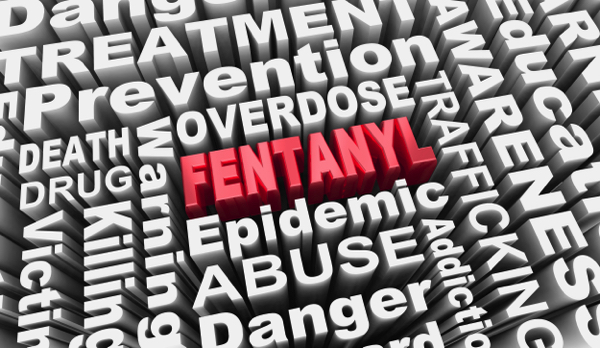 Parler
Parler Gab
Gab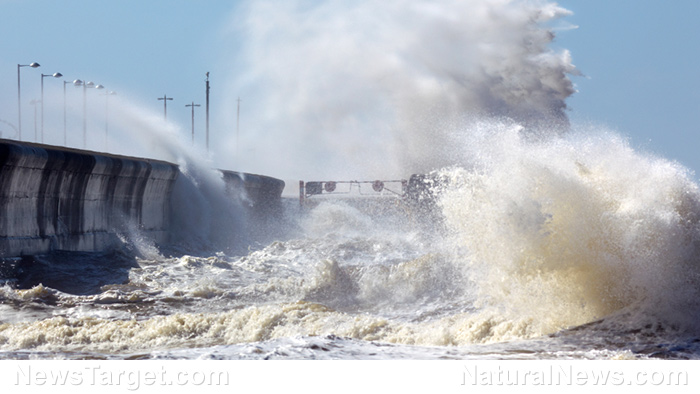
- A magnitude 8.8 earthquake hit off Russia's Kamchatka Peninsula, triggering widespread tsunami warnings across the Pacific. The quake was one of the strongest recorded this century.
- Russian authorities declared an "absolute tsunami alert" for Avacha Bay, urging immediate inland evacuations. The Pacific Tsunami Warning Center expanded alerts to Hawaii, advising urgent evacuations in low-lying areas.
- Japan prepared for waves up to 10 feet high, while Hawaii warned of a "forceful wall of water." Tokyo Electric Power Co. evacuated Fukushima Daiichi workers, though operations remained unaffected.
- Coastal communities, still scarred by past disasters like Japan's 2011 crisis, acted swiftly. Sakhalin evacuated the Kuril Islands, and Alaska and California monitored advisory-level waves.
- Authorities emphasized prolonged risks, noting that tsunami surges could continue for hours. The event underscored advancements in early warning systems but also the persistent threat of tectonic activity.
From Japan to California: Pacific areas brace for giant waves
The Japan Meteorological Agency issued advisories for waves up to three meters (10 feet) along Hokkaido and Honshu, later confirming arrivals of 60-centimeter surges. Japanese Prime Minister Shigeru Ishiba activated disaster protocols, ordering the implementation of necessary measures in coordination with local authorities. He also instructed that accurate information be provided to the public. (Related: Pair of massive 7.5 magnitude EARTHQUAKES shake Taiwan, trigger tsunami warnings.) Tokyo Electric Power Co. evacuated workers from the Fukushima Daiichi plant, though officials assured no impact on ongoing water treatment operations. Coastal towns like Ishinomaki, still scarred by the 2011 disaster, heeded evacuation orders promptly – a testament to the Land of the Rising Sun's refined disaster response. In Russia, Sakhalin Gov. Valery Limarenko confirmed Kuril Islands evacuations, while Alaska's Aleutian chain and California's northern coast braced for advisory-level waves. The magnitude revision – a rarity in seismic analysis – revealed the quake's exceptional strength, rivaled only by events like Chile's 2010 quake and the 2004 Indian Ocean disaster. As officials monitored lingering risks, the global response highlighted both progress in early warning systems and the relentless threat posed by Earth's tectonic forces. For now, vigilance remains critical. Waves may arrive for hours, and the sea's full fury is not always in the first surge. Head over to Disaster.news for more similar stories. Watch this video showing the aftermath of three tsunami waves hitting the coastal area of Severo-Kurilsk in Russia, following the Kamchatka quake. This video is from The Prisoner channel on Brighteon.com.More related stories:
Tsunami preparedness: Tips on how to survive monster waves. Japanese government warns catastrophic earthquake could kill 300,000 and displace 10% of population. Larger than first believed: Massive tsunami nearly destroys Pacific island nation of Tonga following volcanic eruption equal to 10 megatons of TNT. Sources include: RT.com JapanTimes.co.jp ABCNews.go.com Brighteon.comGaza’s humanitarian crisis: The weaponization of starvation and the failure of international law
By Kevin Hughes // Share
Texas redistricting showdown escalates: Abbott sues to remove Democrat leader over quorum break
By Willow Tohi // Share
Iranian nuclear scientists’ secretive Russia visit raises Western alarms
By Belle Carter // Share
Governments continue to obscure COVID-19 vaccine data amid rising concerns over excess deaths
By patricklewis // Share
Tech giant Microsoft backs EXTINCTION with its support of carbon capture programs
By ramontomeydw // Share
Germany to resume arms exports to Israel despite repeated ceasefire violations
By isabelle // Share
